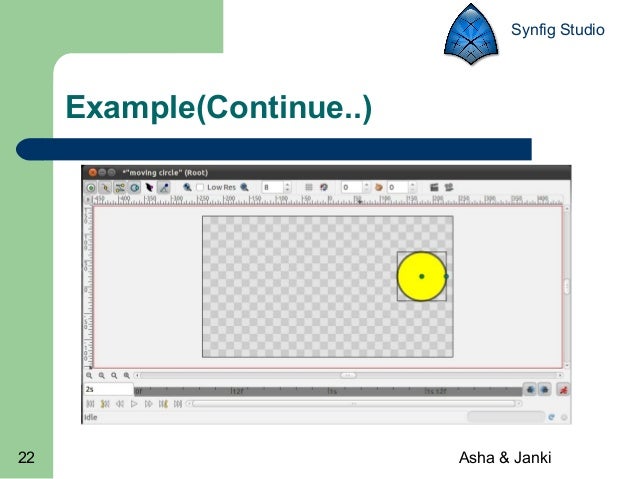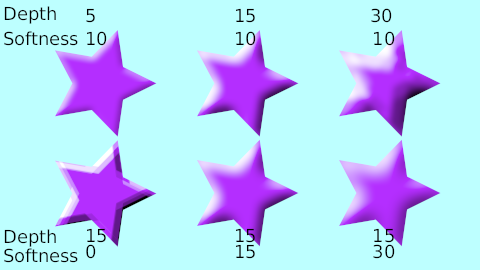
Note that a layer sees all the layers underneath as a single combined raster. Some layers (transforms, distortions, etc) just modify the raster result of the previous layers and pass that on to the next layer, instead of blending. The raster result of the previous layers is combined with the current one according to the set blending method. It doesn't carry any information about the vector shapes that it's representing, only their pixel data. A raster is an array of pixels, each pixel with its color/opacity. Once a layer has the values for it's parameters, it renders the intended shape or effect onto a raster. Since ValueNodes can be animated (meaning that they can change value at different points of time), so the entire tree needs to be evaluated on each frame. This process works recursively, going all the way down to the leaf nodes, calculating their value, then calculating the value of their parent, and so on until reaching the root of the node tree. If a parameter is ValueNode (calculated value), then it evaluates its parameters. When Synfig needs to render a frame it starts by evaluating parameters of layers. This ValueNode stores multiple values of parameter for different moments of time and calculates interpolated values between them. Synfig-core/src/synfig/valuenodes/valuenode_animatedinterface.h Synfig-core/src/synfig/valuenodes/valuenode_animatedinterface.cpp Synfig-core/src/synfig/valuenodes/valuenode_animated.h Synfig-core/src/synfig/valuenodes/valuenode_animated.cpp The basic building block in Synfig is Layer. So, we have following structure: gui -> libsynfigapp -> libsynfig This defines how application looks and behave.


To change the FPS, you have to find the “Canvas” option on the top toolbar. 24 is pretty common, but if you’re working on your own animation, there are no rules. Frames per second (FPS) determines how fast things go, basically. So what do we do now? Frames per second, keyframes, and youįirst things first: frames per second, and keyframes. At least not one that makes your animation look good. I haven’t had as much time as I’d hoped in the past few weeks to work on animation, but so far I’ve found no magic bullet or special shortcut. Animating, as it turns out, is probably just going to be time-consuming no matter what. That’s riiiight! There’s no secret to animating easily. Guess what I found out! There is no secret What’s next? We get to animate now, right? I’ve spent the last week or so trying to figure out the secret to animating easily (and well) in Synfig. We’ve also gone over how to make a useful character model. We’ve covered some basics of drawing in Synfig Studio.


 0 kommentar(er)
0 kommentar(er)
